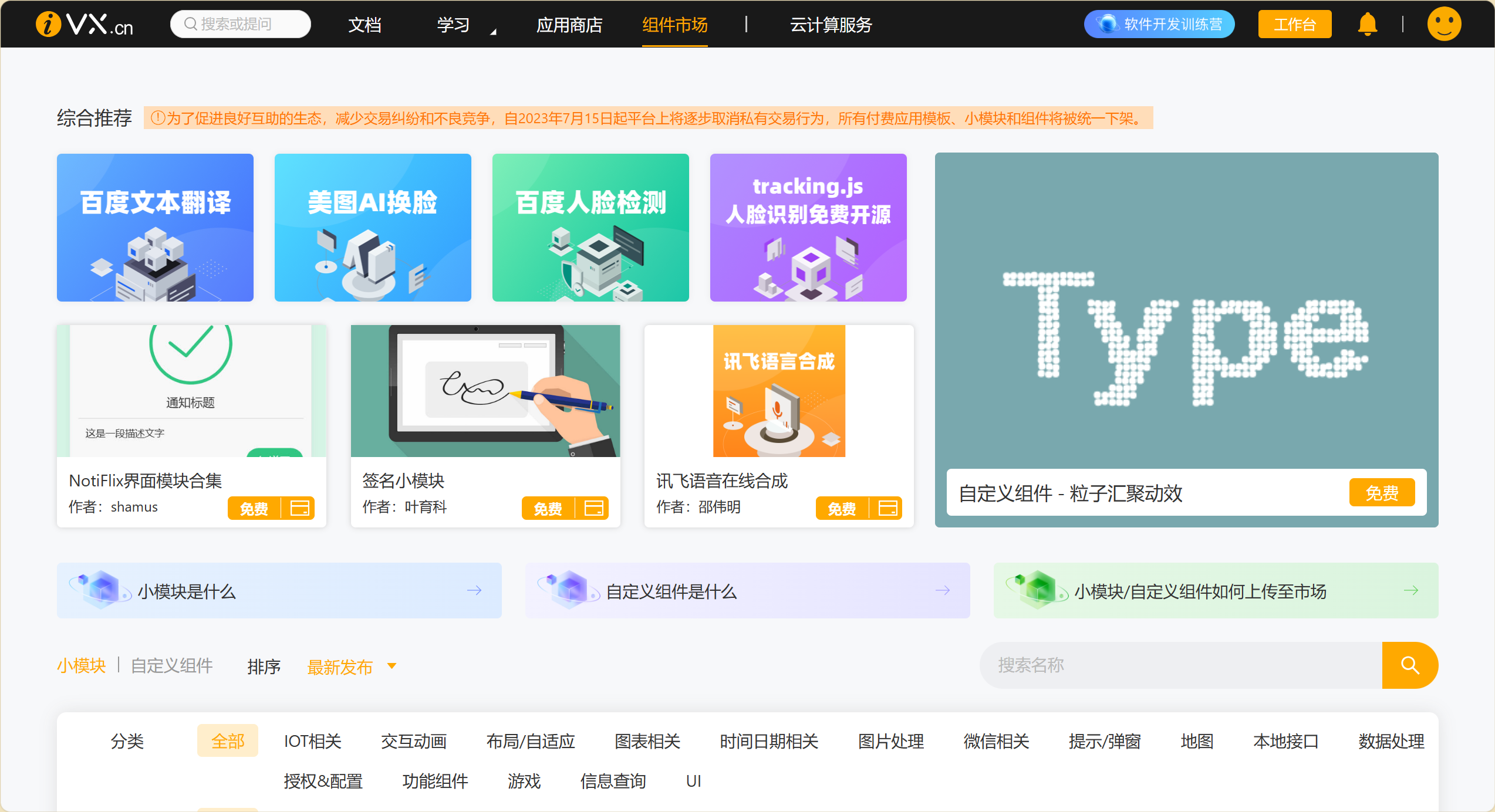简介:Knife4j是一款在线API文档框架,可以基于当前项目的控制器类中的配置生成文档,并自带调试功能。通俗来说就是将controller里面请求的接口文档化,便于前端人员熟知请求方式和参数。并且能自动化根据controller的更新而跟新。
用法——
1.添加依赖:
<!-- Knife4j Spring Boot:在线API -->
<dependency>
<groupId>com.github.xiaoymin</groupId>
<artifactId>knife4j-spring-boot-starter</artifactId>
<version>2.0.9</version>//该版本适合springBoot2.6以下,springBoot2.6以上需要将版本提升。
</dependency>2.在主配置文件(`application.properties` / `application.yml`)中开启增强模式(以yml为例)
# Knife4j配置
knife4j:
# 开启增强模式
enable: true
# production: true 禁用该功能,无法访问页面。3.-添加配置类(是相对固定的代码,复制粘贴即可)
@Slf4j
@Configuration
@EnableSwagger2WebMvc
public class Knife4jConfiguration {
/**
* 【重要】指定Controller包路径
*/
private String basePackage = "cn.shop.controller"; //修改为自己的controller包路径
/**
* 分组名称
*/
private String groupName = "product";
/**
* 主机名
*/
private String host = "";
/**
* 标题
*/
private String title = "";
/**
* 简介
*/
private String description = "在线API文档";
/**
* 服务条款URL
*/
private String termsOfServiceUrl = "";
/**
* 联系人
*/
private String contactName = "";
/**
* 联系网址
*/
private String contactUrl = "n";
/**
* 联系邮箱
*/
private String contactEmail = "";
/**
* 版本号
*/
private String version = "1.0.0";
@Autowired
private OpenApiExtensionResolver openApiExtensionResolver;
public Knife4jConfiguration() {
log.debug("创建配置类对象:Knife4jConfiguration");
}
@Bean
public Docket docket() {
String groupName = "1.0.0";
Docket docket = new Docket(DocumentationType.SWAGGER_2)
.host(host)
.apiInfo(apiInfo())
.groupName(groupName)
.select()
.apis(RequestHandlerSelectors.basePackage(basePackage))
.paths(PathSelectors.any())
.build()
.extensions(openApiExtensionResolver.buildExtensions(groupName));
return docket;
}
private ApiInfo apiInfo() {
return new ApiInfoBuilder()
.title(title)
.description(description)
.termsOfServiceUrl(termsOfServiceUrl)
.contact(new Contact(contactName, contactUrl, contactEmail))
.version(version)
.build();
}
}使用——
1.启动springboot项目
2.网址输入xxx/doc.html(xxx为springBoot的访问路径。如:localhost:9080)
补充——
注解解析:
- @Api:添加在控制器类上 ,通过此注解的tags属性 ,可配置管理模块的名称 ,在配置管理模块名称时,可以在各名称前面添加数字或字母进行序号的排列 ,使得各管理模块的显示顺序是自定义的顺序 - 例如:@Api(tags = "1. 相册管理模块")
添加在控制器类中处理请求的方法上 ,通过此注解的`value`属性,可配置业务的名称 - 例如:@ApiOperation("添加相册") 添加在控制器类中处理请求的方法上 ,通过此注解的order属性 (int类型),可配置业务的排序序号,各业务将按照此序号升序排列 - 例如:@ApiOperationSupport(order = 400) - @ApiModelProperty:添加在POJO类型的属性上 ,通过此注解的value属性,可配置属性的名称,通过此注解的required属性,可配置是否必须提交此参数(但不具备检查功能) ,通过此注解的example属性,可配置示例值(需要注意数据类型的问题,例如数值型的属性不要配置字母或符号作为示例值),通过此注解的dataType属性,可配置数据类型 ,例如配置为dataType = "long",但此属性通常不需要配置此属性
@ApiModelProperty(value = "相册名称", required = true, example = "小米手机的相册") - @ApiImplicitParam:添加在控制器类中处理请求的方法上 ,用于对未封装的请求参数进行配置,必须通过此注解的`name`属性,指定配置哪个参数 ,其它属性的配置可参考@ApiModelProperty中的属性,需要注意的是,一旦通过此注解进行配置,在API文档上显示的数据类型默认是string,对于非字符串类型的属性,应该显式的配置dataType属性
- 例如:@ApiImplicitParam(name = "id", value = "相册ID", required = true, example = "9527", dataType = "long") - @ApiImplicitParams:添加在控制器类中处理请求的方法上 ,当方法的参数超过1个,且都需要配置API文档说明时,必须将多个@ApiImplicitParam注解配置作为此注解 (@ApiImplicitParams)的参数(此注解参数是`@ApiImplicitParam`数组类型)
例如:@ApiImplicitParams({
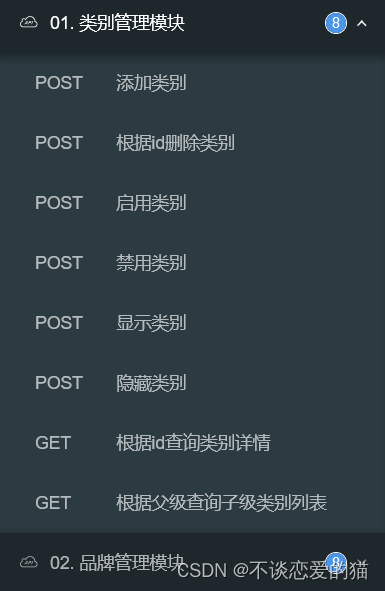
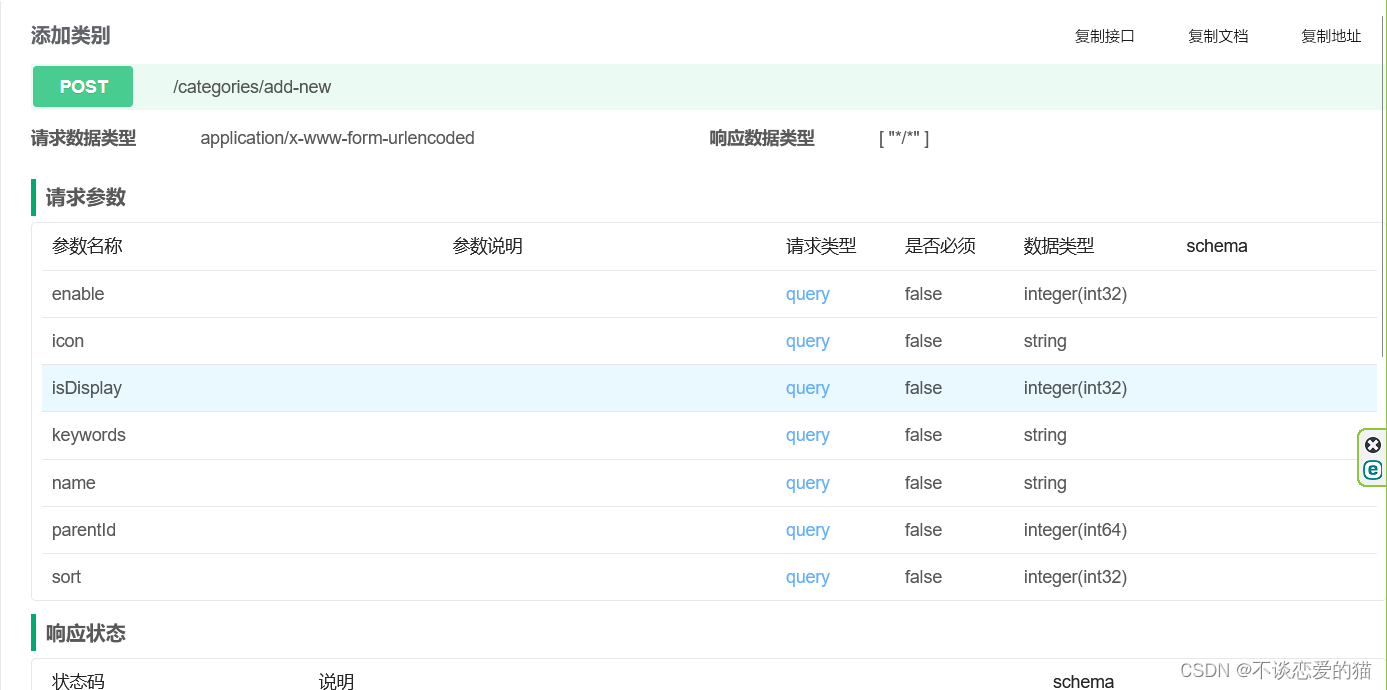
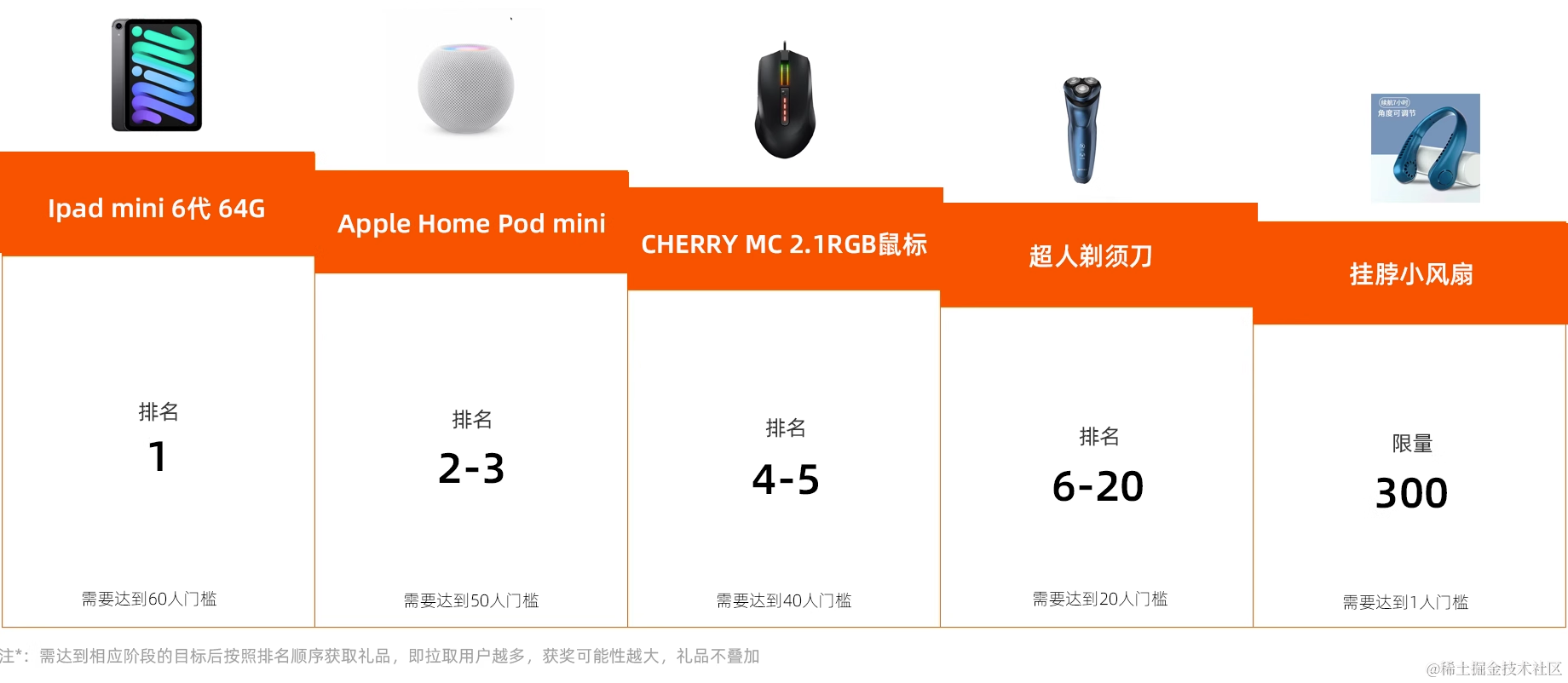
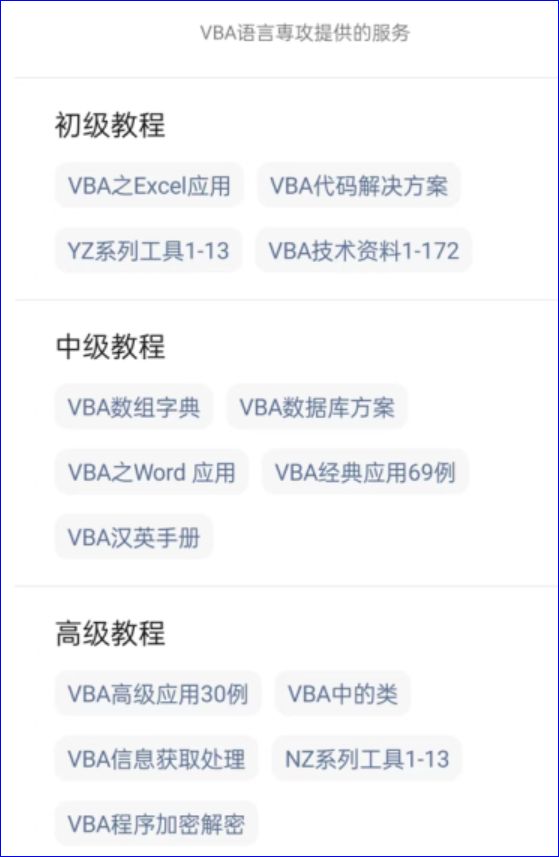
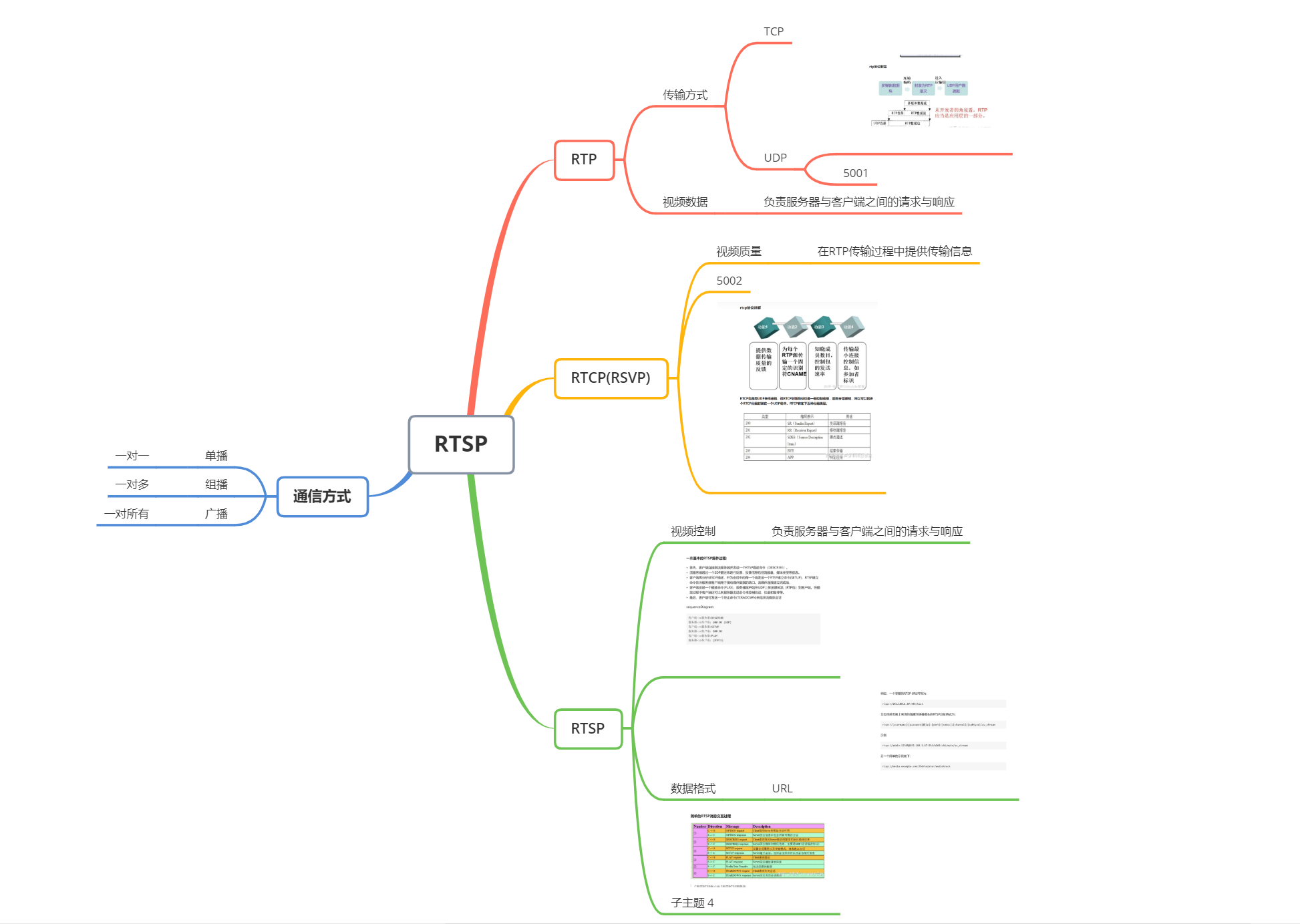


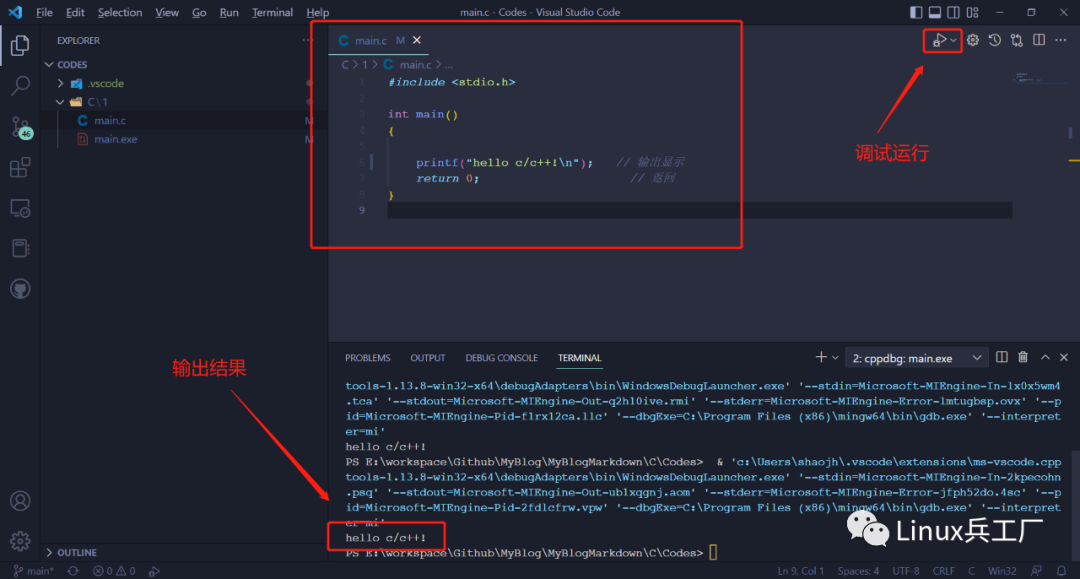
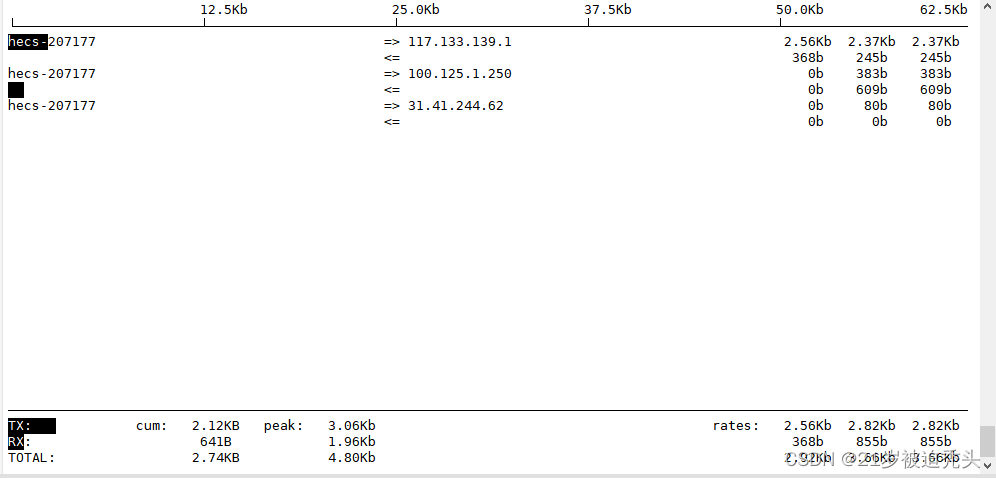
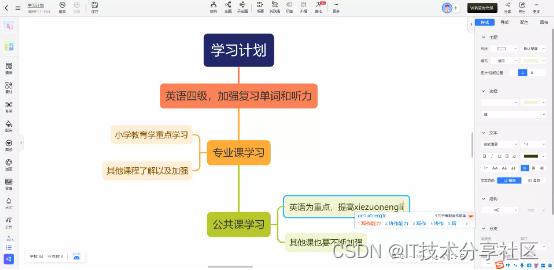

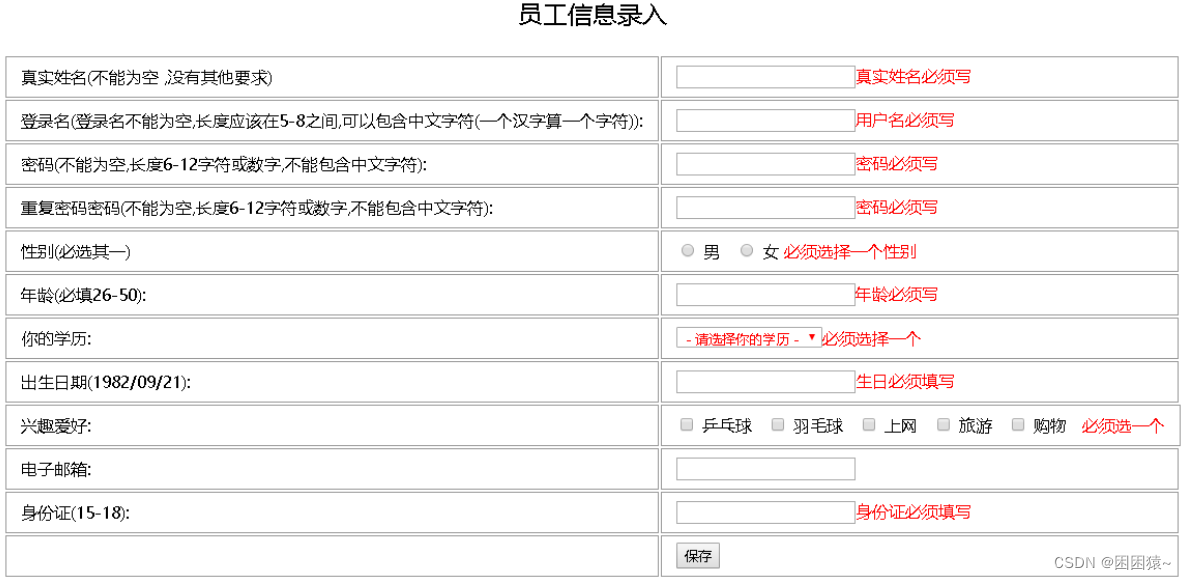

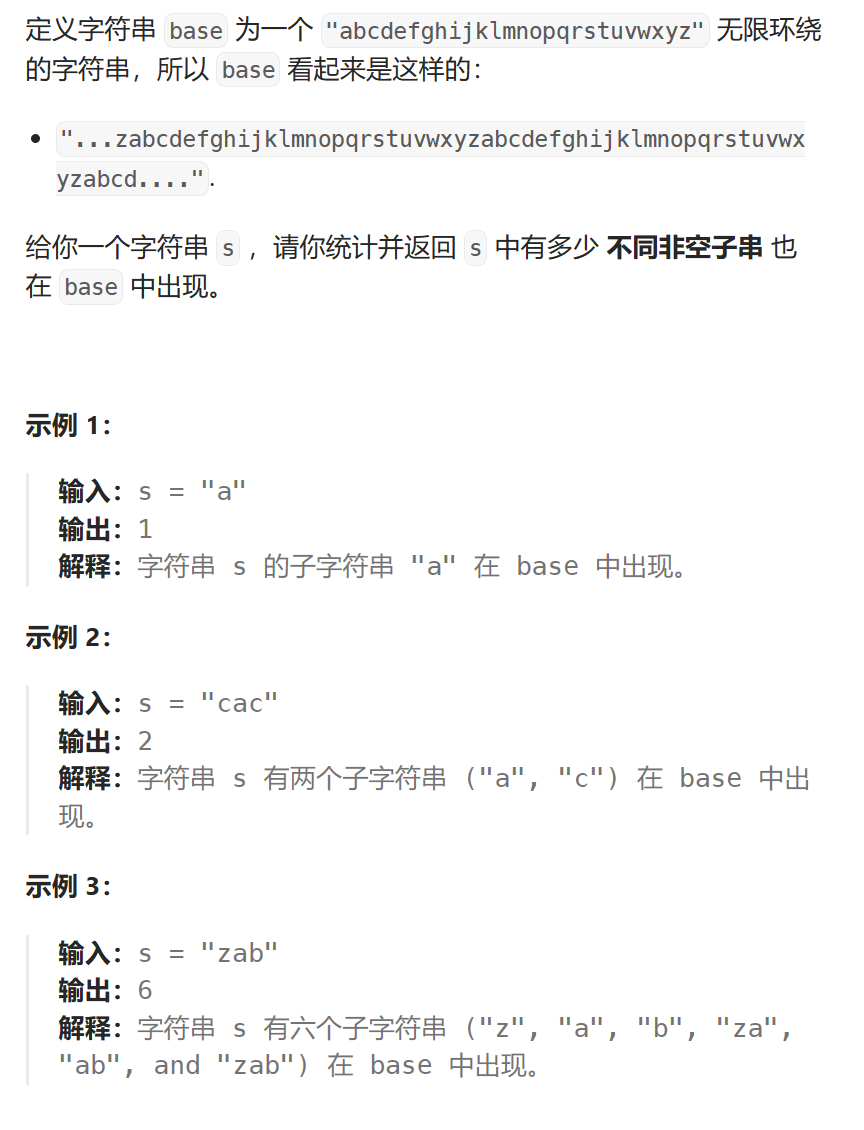
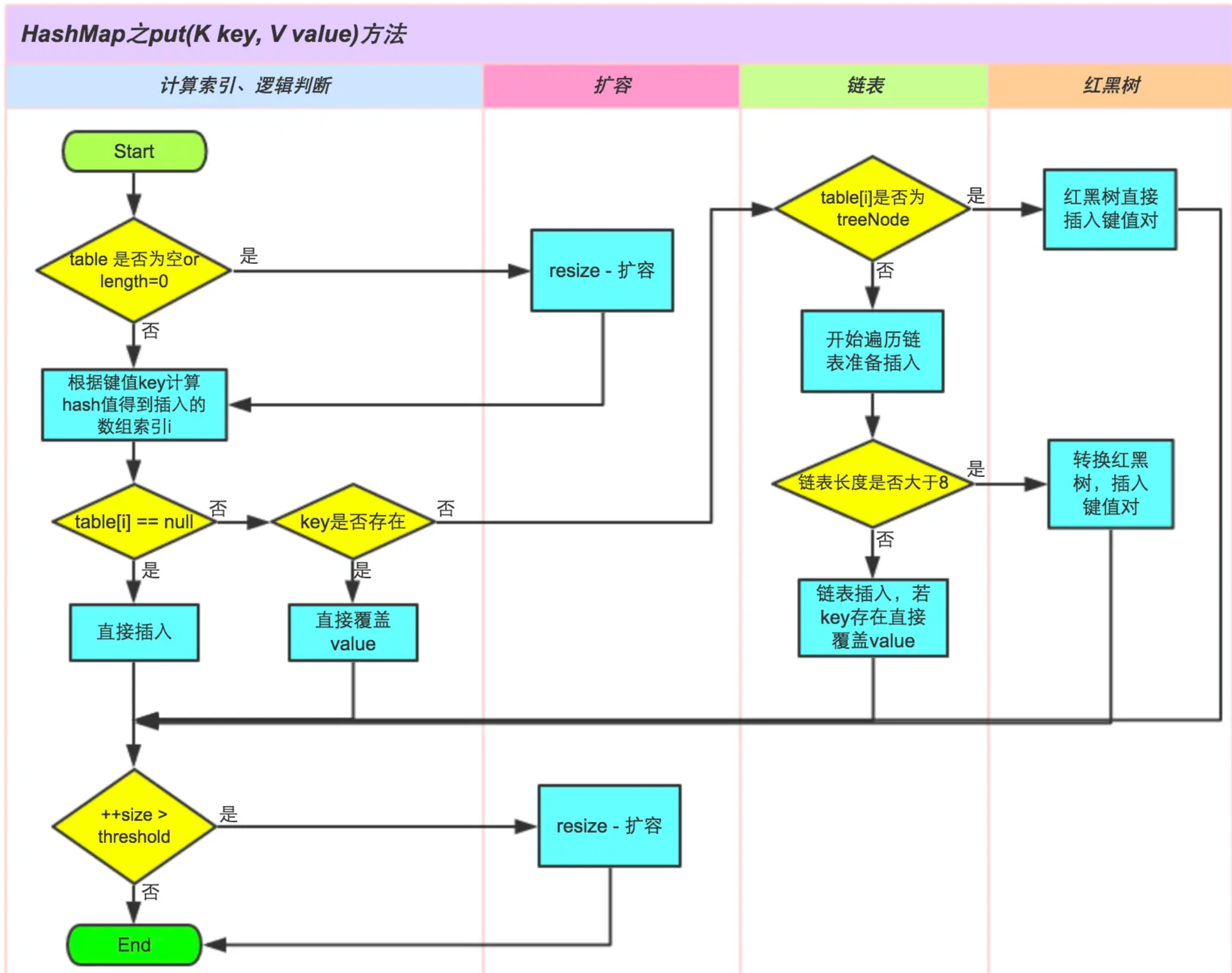

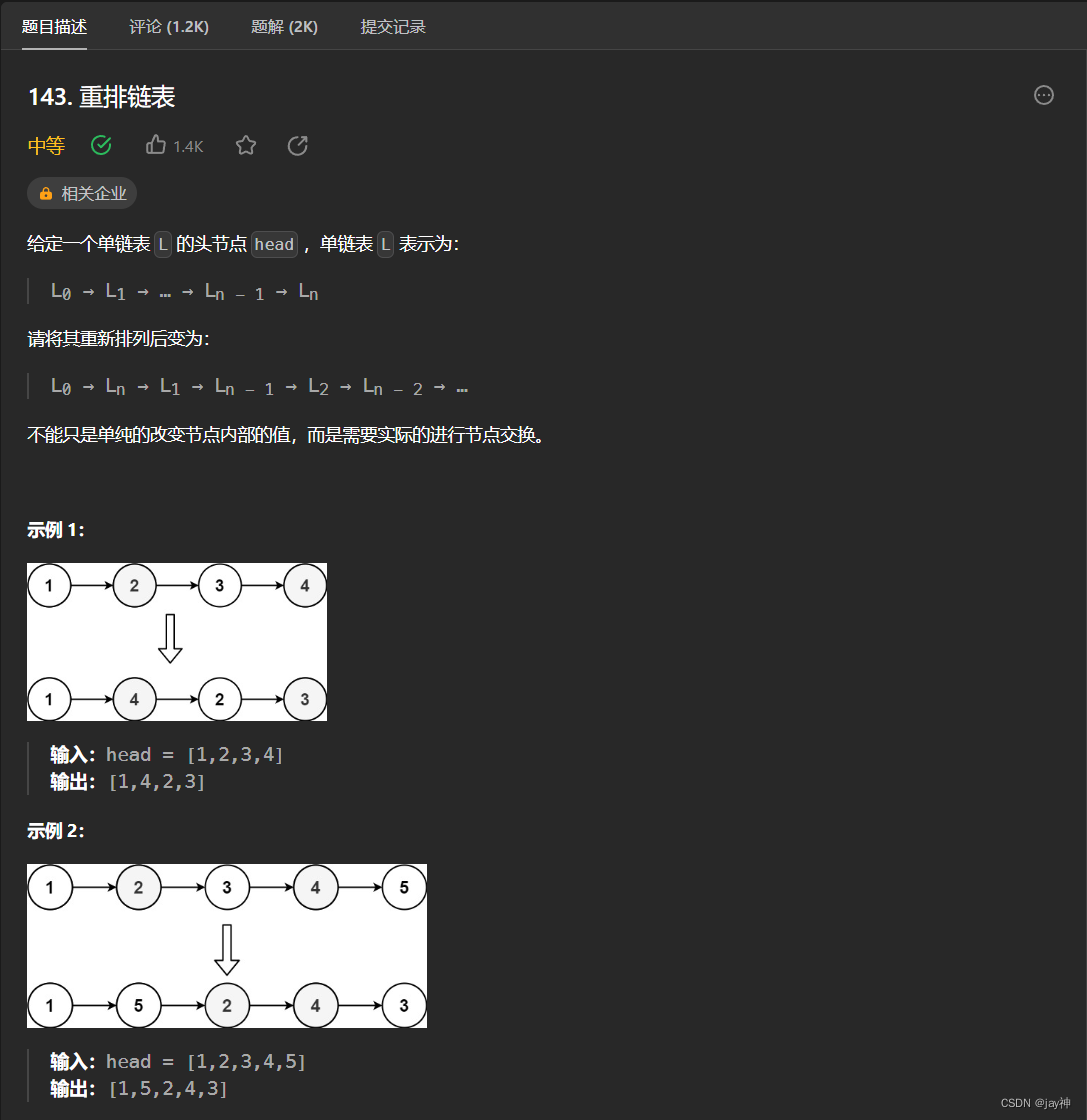
![java八股文面试[数据库]——Page页的结构](https://img-blog.csdnimg.cn/img_convert/3a8d8ee981e11d14843f1bede9ab42c8.png)
